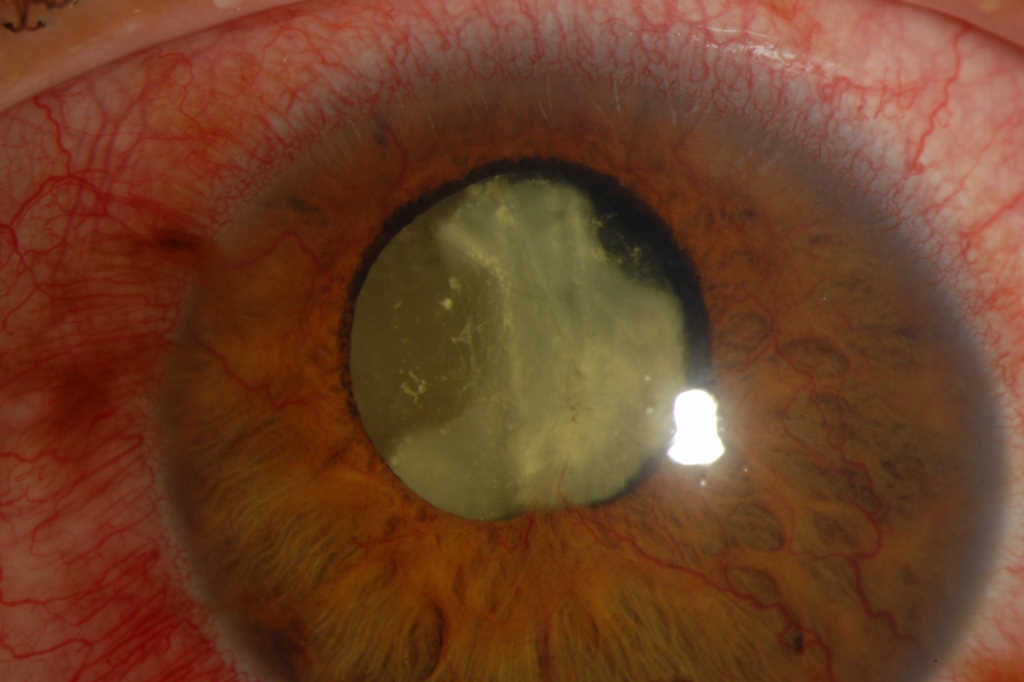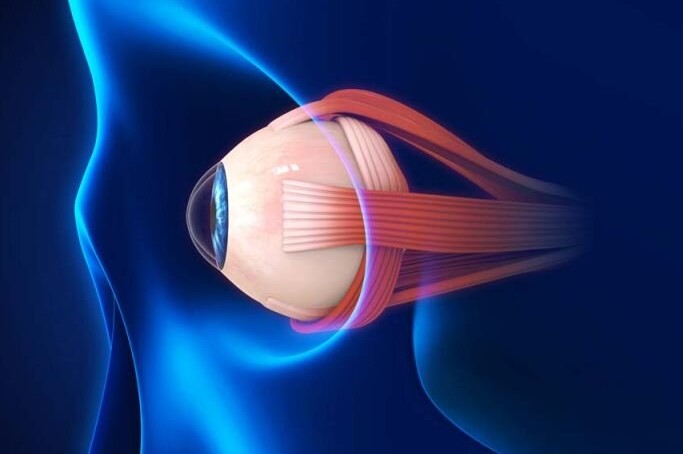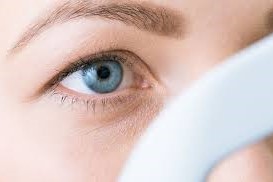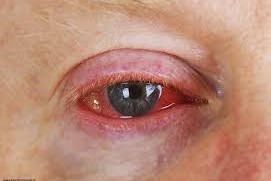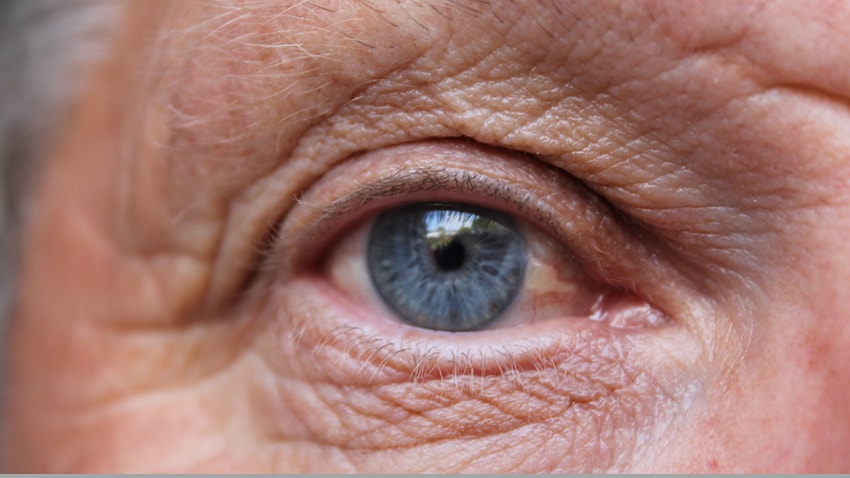Nutrition and myopia management
Diets with high-glycaemic-load carbohydrates and vitamin deficiencies, combined with a lack of exposure to sunlight, could represent a ‘perfect storm’ for juvenile-onset myopia, reported Dr Jeffrey Anshel, a fellow of the American Academy of Optometry and the founder and past president of the Ocular Wellness and Nutrition Society.
Writing in Review of Myopia Management, Dr Anshel said studies show increasing consumption of high levels of refined carbohydrates, especially those considered high caloric foods, is particularly responsible for the worsening of glycaemic control. Consequent insulin resistance and compensatory hyperinsulinemia can lead to continued growth of the sclera, he said. “The higher rates of myopia in East Asian populations may, in part, be due to their increased genetic susceptibility to insulin resistance. It is important to note that white rice, which has a glycaemic load of 33 (anything over 20 is considered high) is a staple of the Asian diet.”
Some of the 13 vitamins and 15 minerals essential to humans have been associated with the development of myopia, said Dr Anschel. In the sclera, all-trans-retinoic acid, a vitamin A metabolite, inhibits glycosaminoglycan synthesis, thereby thinning the sclera and promoting axial elongation.
Describing the role of riboflavin and UVA light in corneal collagen crosslinking keratoconus, he postulated an internal interaction of dietary riboflavin and time spent outdoors, citing a study showing oral administration of riboflavin with whole-body UVA irradiation increased the strength and stiffness of the sclera by altering biochemical and biomechanical properties. Another study showed that violet light (360-400nm) suppresses myopia progression, with violet-light-transmitting contact lenses suppressing myopia progression the most, he said.
Meat and myopia
A 2023 Chinese study published in Nutrients showed two dietary models – one characterised by the consumption of meats, aquatic products, dairy products, eggs and legumes, and one consisting mainly of vegetables, fruits, grains, and potatoes – had a protective effect against myopia in Chinese children aged 10-11 years. These associations were independent of sex, age, or other potential confounding factors.
Researchers also cited a 1956 study which indicated myopes consumed significantly lower amounts of animal protein than non-myopes. In the study, myopia progressed more slowly in children whose dietary level of animal protein was increased, compared to the control group.










